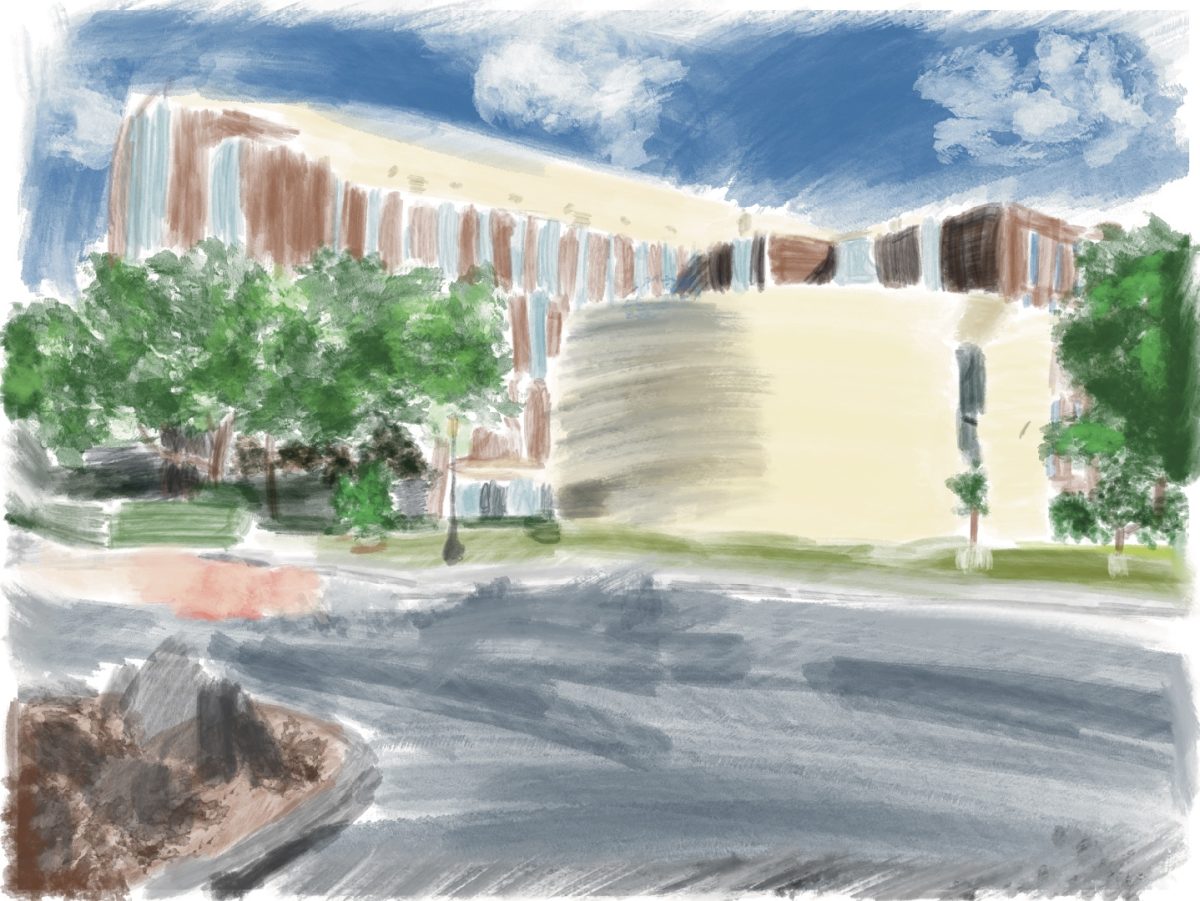What do schools like Stanford, Grinnell, Harvard, Dartmouth, NYU and Brown all have in common? No, it’s not that they’re Ivy League or that they are some of the most prominent learning institutes in the United States. It is that, in one form or another, they all offer gender-neutral housing options.
At first, the term gender-neutral may be scary or confusing. Am I suggesting that girls be forced to live with boys? Or that a Jesuit University should allow couples to cohabitate in dorm rooms? No, I am not suggesting that; however, I am pointing out that a grey-area exists on the gender-spectrum and that some universities have taken steps to accommodate and welcome trans*, gender-queer and gender non-conforming students.
Imagine for a moment that first day you arrived at Loyola, whether you lived in Biever, Buddig or Carrollton hall; consider how you would feel if you moved in just to discover that your roommate was of the opposite sex. Or better yet, imagine how you would feel being forced to live with members of the opposite sex. While some students would be fine with this, it would not be wrong to say that there are definitely students who would be uncomfortable with this living arrangement. After all, the prospect of living with a stranger is daunting, much less someone who is of the opposite sex or trans*. Gender-neutral housing seeks to remedy this. Its goal is to provide inclusive, comfortable and, most of all, safe housing for students.
In reality, housing like this wouldn’t be hard to implement at Loyola. We already have Honors, Cardoner and Spark living communities, and the learning community model of gender-neutral housing has been used at various universities. At American University in Washington D.C., there was an “Exploring the Intersection of Sexuality, Gender and Culture” learning community, which was so successful that it led to the expansion of gender-neutral housing options at AU. At Loyola, a learning community like this would prevent students from being forced to live with students of the opposite sex, and trans*, gender-queer and intersex students would not be forced to conform to arbitrary sexual designations. Most importantly, it would foster an environment of social justice and equality.
Priority could be given first to trans*, gender-queer, intersex, etc. students. The rest of the spaces could be filled up with allies and supportive people.
As a school that prides itself on diversity and social justice, we should offer a safe and welcoming environment for prospective Loyola students. While Res Life has been known to make accommodations in the past for trans*, gender-queer, etc. students, wouldn’t it be much more inviting if we welcomed them with accommodations rather than making them jump through the endless hoops to get the accommodation themselves?
(Note: The term trans asterisk “trans*” is considered to be more inclusive and non-specific than terms like: transgender, transsexual, transvestite, etc.)
Chad Landrum is a history senior and can be reached at cmlandru@loyno.edu
In My Opinion is a weekly column open to any Loyola student. Those interested in contributing can contact letter@loyno.edu












